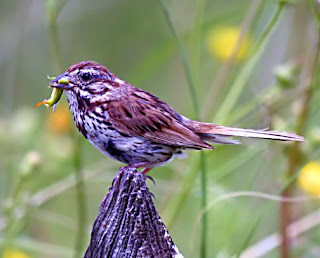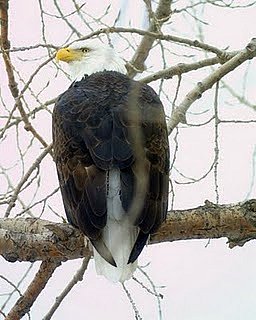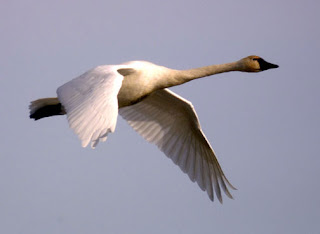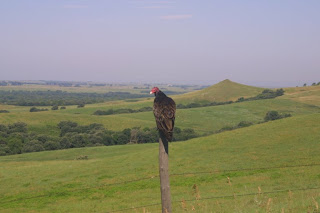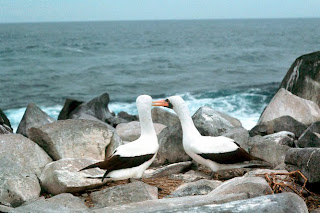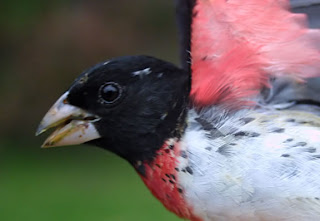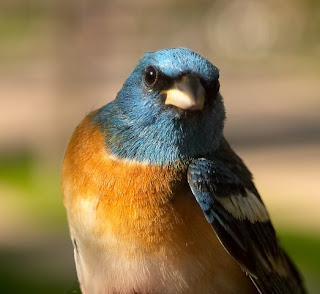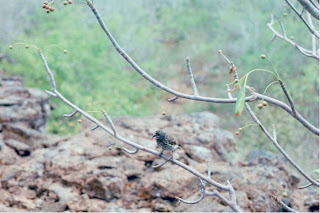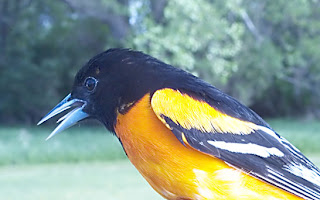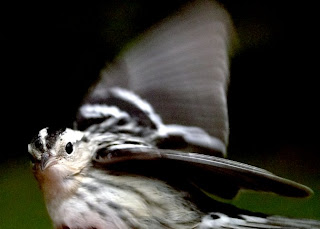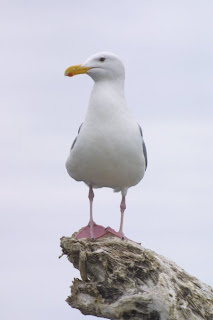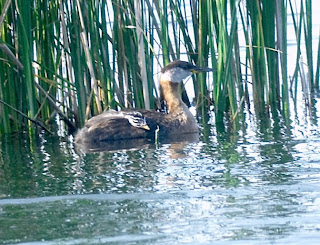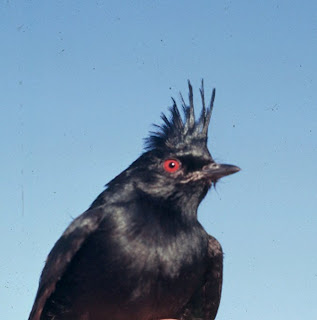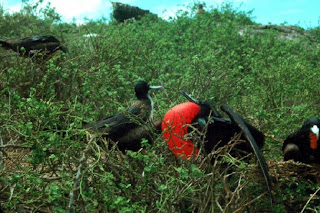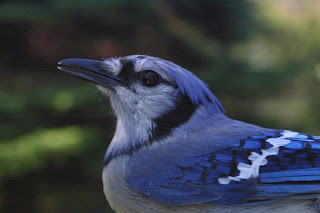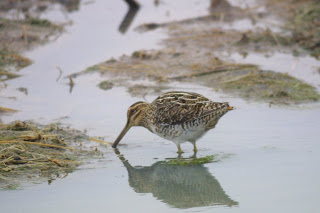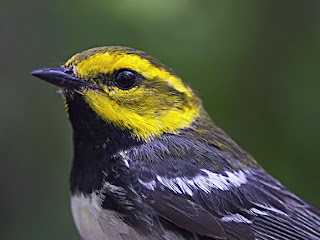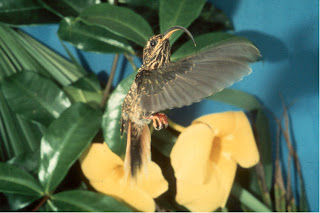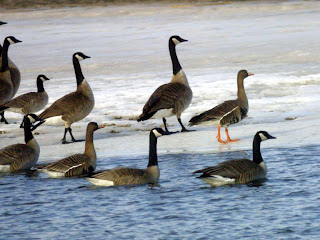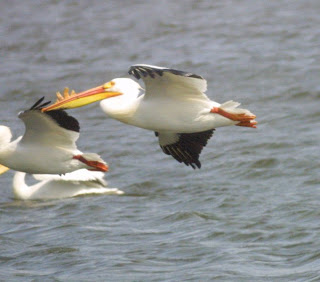Table of Contents
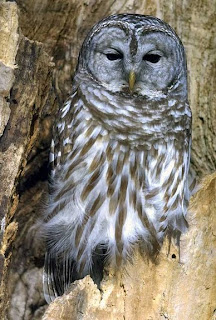
This ornithology course originated from lecture notes that I developed over the years. I have retired from teaching and see little reason to have this resouce, such as it is, gather dust in some drawer. In this blog format, I offer it to you as a free, non-credit, self-study exercise. As such, you many expect little or no interaction from me (although I will be glad to hear about possible editorial improvements). Introduction What is a Bird? Ornithology (Ornithology and birding) Flight (Advantanges and adaptations for flight) Origin and Evolution of Birds (The evolution of flight) Taxonomy and Systematics (Species and evolution) Ethology (Behavior, innate vs. learning, personal behaviors) Social Behavior (Communication, Territory, Flocking, Courtship and Breeding, Nesting, Incubating, and more) Migration (The whys and hows of migration, What about birds that don't migrate?) Feathers (Kinds, molt, color) Ecology (Extinction, Geographical Ecology, Population Ecology) History of Orn

